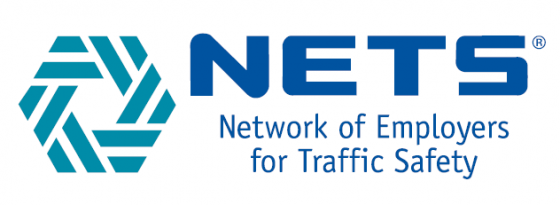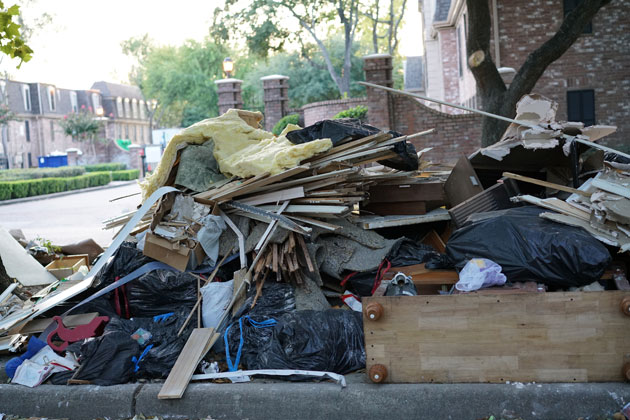 TORONTO—The 2017 RIMS Canada Conference quickly found its groove on Monday morning, kicking off the annual conference with performances by a choir of local schoolchildren and an opening session centered on the theme of community.
TORONTO—The 2017 RIMS Canada Conference quickly found its groove on Monday morning, kicking off the annual conference with performances by a choir of local schoolchildren and an opening session centered on the theme of community.
Focusing first on the RIMS community, the RIMS Canada Council announced its top honors for accomplishment in the risk management field. RCC Chair Rieneke Lips presented the Fred H. Bossons Award—given to the risk management professional earning the highest average mark on the three examinations required to attain the Canadian Risk Management (CRM) designation—to Deborah Moor, vice president of HIIG Underwriters Agency (Canada) Ltd.
In recognition of outstanding contributions to the risk management profession, Christina Gardiner, president of the RIMS Ontario chapter (ORIMS), and Val Fox, special advisor to ORIMS, presented the Donald M. Stuart Award to Tony Lackey, director of risk and insurance services for Carleton University in Ottawa. Lackey has not only managed the university’s risk management program and developed and implemented its annual enterprise risk assessment process, but has been deeply involved in the education of other risk managers.
Indeed, after obtaining his Associate from the Insurance Institute of Canada (AIIC now CIP) and helping forge the relationship between his university and RIMS to promote and administer CRM programming, he became an instructor, teaching the CRM course at Carleton University’s Sprott School of Business.
In his opening keynote, workplace diversity expert Ted Childs shifted the focus from community to an exploration of the human and strategic imperatives of fostering and maintaining diversity programs. Childs, who oversaw such programs and policies as part of his 39-year tenure at IBM, laid out what he called the “business context for diversity.
” He noted that creating the strongest business  depends on recruiting and retaining the best talent, which requires an enterprise-wide culture that actively works to ensure representation and advancement.
depends on recruiting and retaining the best talent, which requires an enterprise-wide culture that actively works to ensure representation and advancement.
These goals, however, cannot be considered synonymous, Childs cautioned. “Diversity is the picture, inclusion is the test,” he said, explaining that anyone could likely walk through a business and select enough people who “look different” to fill a photo. When that lens is narrowed by various levels of seniority, however, it remains much more difficult.
Building community builds business, Childs argued, and while this should be motivated in part by the obvious factors, from moral imperative to the competition for talent, he focused heavily on the impact to every business’s bottom line as well. “Workforce diversity is the bridge between the workplace and the marketplace,” he said. Customers want to see themselves reflected in the companies that serve their needs.
Should that be insufficient compulsion, however, Childs has copyrighted his argument in blunter terms: “No matter who you hate, you don’t hate them more than you love money.”

 NETS is addressing fleet safety and the dangerous combination of impaired driving while at work beginning Oct. 2, when it launches Impaired Driving, its newest Drive Safely Work Week campaign.
NETS is addressing fleet safety and the dangerous combination of impaired driving while at work beginning Oct. 2, when it launches Impaired Driving, its newest Drive Safely Work Week campaign. It’s difficult to find a photo of Houston, Miami, or any city hit by Hurricanes Harvey and Irma that doesn’t contain mountains of debris. As cleanup continues, more trash is piling up everywhere. Cities and towns are faced with a number of issues including costs, expediency, manpower and just what to do with all that trash.
It’s difficult to find a photo of Houston, Miami, or any city hit by Hurricanes Harvey and Irma that doesn’t contain mountains of debris. As cleanup continues, more trash is piling up everywhere. Cities and towns are faced with a number of issues including costs, expediency, manpower and just what to do with all that trash.